
3S is the abbreviation for “Seiwa Scholars Society,” which consists of the past and current Inamori Research Grant recipients. The 3S has evolved since 1997 with the hope that the interactions among the various specialties of the 3S members can lead to the further development of the research of their own. In the series “Visiting 3S Researchers,” we interview researchers in 3S who are very active in a variety of fields. Our eighth interviewee is Dr. Eiji Yuba (2019 Inamori Research Grant Recipient) from the Osaka Metropolitan University.
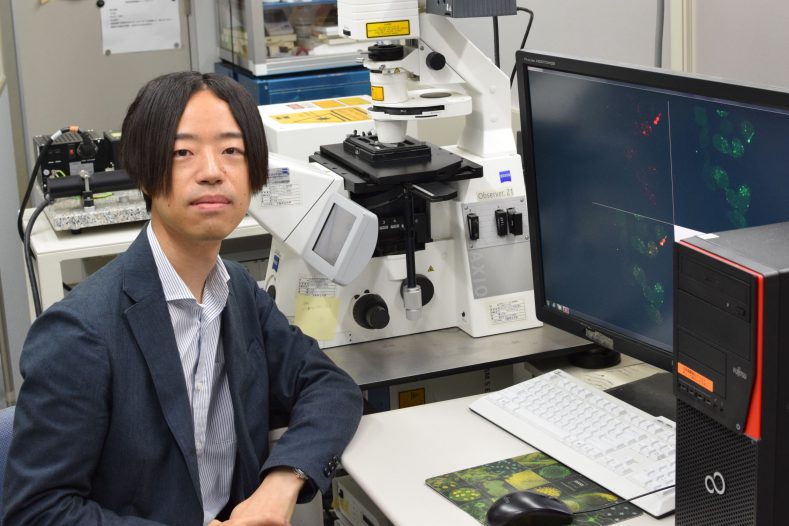
Drug delivery systems (DDS) refer to technologies involved in delivering a pharmaceutical compound to its target site within the body, in the correct quantity and with the desired duration of action. To design a more effective DDS, it is vital to understand the structure of the human body at the cellular and molecular level and then to develop new materials that take advantage of their functions. Dr. Yuba applies polymer chemistry and synthetic organic chemistry techniques to his development research of lipid nanocapsules for DDS. We interviewed him to get his explanation of lipid nanocapsules.
──Could you kindly explain what lipid nanocapsules are?
Dr. Yuba (title omitted below) As its name suggests, a lipid nanocapsule is a minuscule capsule that encloses a drug within a lipid membrane. For medication to be effective, it is important where in the body the drugs are delivered. By encapsulating drugs with lipids for protection, we can prevent drugs that we want to work inside target cells from starting to work, prematurely, outside those cells. Human cell membranes, too, are composed of lipids and they use a variety of methods in determining whether or not to absorb extracellular substances and where to deliver what has been absorbed. If we take advantage of this mechanism and modify lipid nanocapsules with specific labels and functions, we can make them easily absorbable by a target cell or manipulate routes for their transportation within a cell.
A liposome (figure at bottom left) is a type of lipid nanocapsule with lumens that is composed of “phospholipids” like those found in humans and other animals. Phospholipids are made of heads that have an affinity for water (hydrophilicity) and tails that have an affinity for oil, but not water (hydrophobicity). Because of this, when immersed in water, the hydrophobic tails gather together to avoid water and form a sort of capsule whose outside is composed of hydrophilic heads. To prepare a liposome, we take a water solution of a drug that we want to put inside a capsule into phospholipids and stir it. Then, the drug is encapsulated. The resulting capsules vary in size and so we sort them, according to size, by having them pass through a fine mesh filter with defined pore size (figure at bottom right).
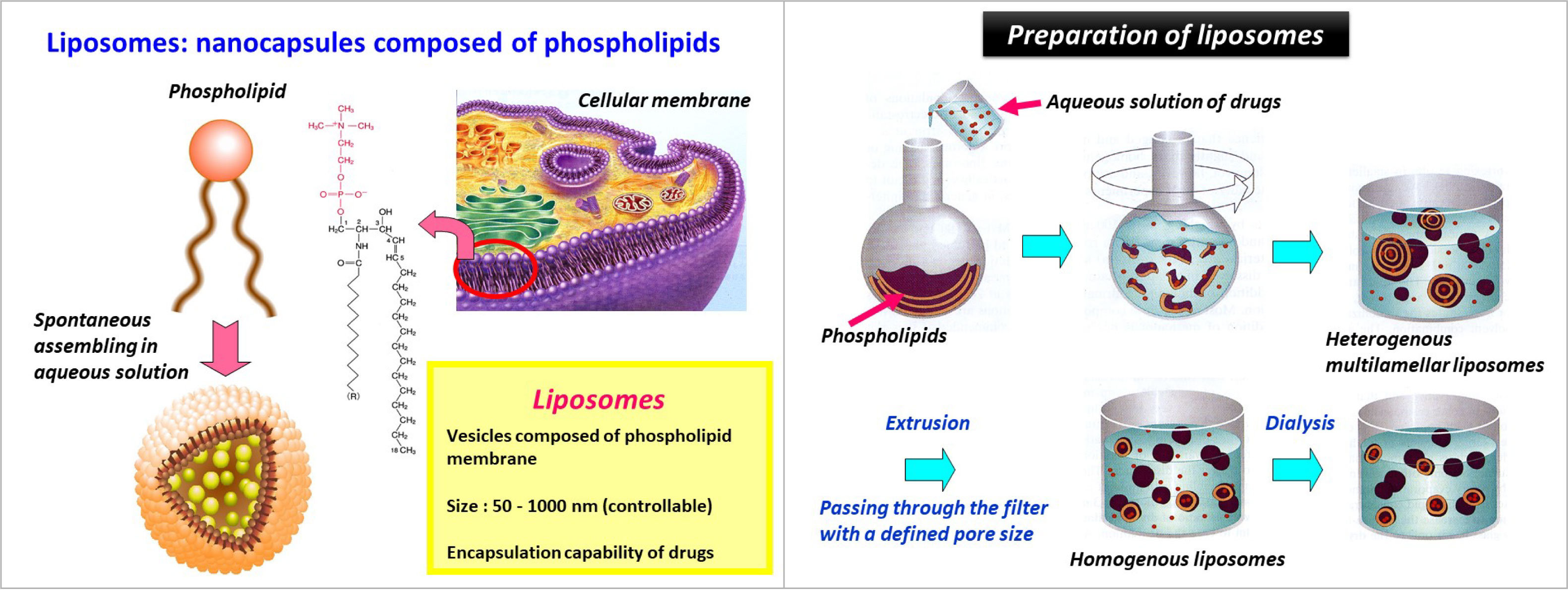
The technique of lipid nanocapsules itself has been there for a long time, and it has been applied in a clinic since the 1990s. More recently, the drug delivery technology is used in mRNA-lipid nanoparticle COVID-19 vaccines to deliver mRNA into the cell that is otherwise easily degraded. Our goal is to develop a DDS for cancer therapy by modifying lipid nanocapsules in a variety of ways.
──So, are you hoping to use lipid nanocapsules to deliver anticancer drugs to cancer cells?
Yuba That technique is the subject of extensive research, but the main topic of our research is what is called “cancer immunotherapy,” which utilizes humans’ natural ability to defend our bodies. Our immune cells not only fight against extracellular pathogens, but also against cancerous cells that emerge from within our body. Cancer immunotherapy capitalizes on the power of immune cells to make cancer disappear. Because immune cells, which play main roles of cancer immunotherapy, do not attack normal cells, they do minimal damage to the human body, compared with radiotherapy or chemotherapy using anticancer drugs, and this technology may help treat some types of cancer that are resistant to conventional therapies.
Immune cells remember enemies once they encounter them and will attack them repeatedly, and vaccines for infectious diseases are developed by harnessing this characteristic. To prepare vaccines for infectious diseases, scientists put weakened viruses and pathogens or parts of them into the body as “antigens” so that immune cells can remember them. In a similar fashion, we use fragments of cancer cells as antigens. Inside the lipid nanocapsule are antigens for cancer cells, not anticancer drugs. By delivering the antigens to the immune cells, we can activate immune cells against cancer.
──What techniques does it take to activate immune cells?
Yuba There are two groups of immune cells that remember enemies: one produces antibodies to block the enemy’s activity and the other activates itself to launch an attack directly. In the case of infectious diseases, the primary concern is how to induce the production of antibodies; however, this isn’t the case when it comes to cancer. It is the latter group that launches a stronger attack against cancerous cells. In more concrete terms, it is crucial to activate a type of immune cell called a killer T cell. It has been found that merely delivering antigens in lipid nanocapsules to cells ends up activating the pathway of the former. To resolve this issue, we chemically modified capsules to have immune cells release antigens inside the cell and changed their pathway to successfully activate the killer T cells.
We also verified that the killer T cells, once activated, destroyed cancerous cells. We implanted cancerous cells in mice to form tumors. Then, when we administered cancer antigens encapsulated in lipid nanocapsules which we developed, cancer immunity was induced as expected and only the tumors with antigens became smaller in time (figure below). I was overjoyed to see that happening.
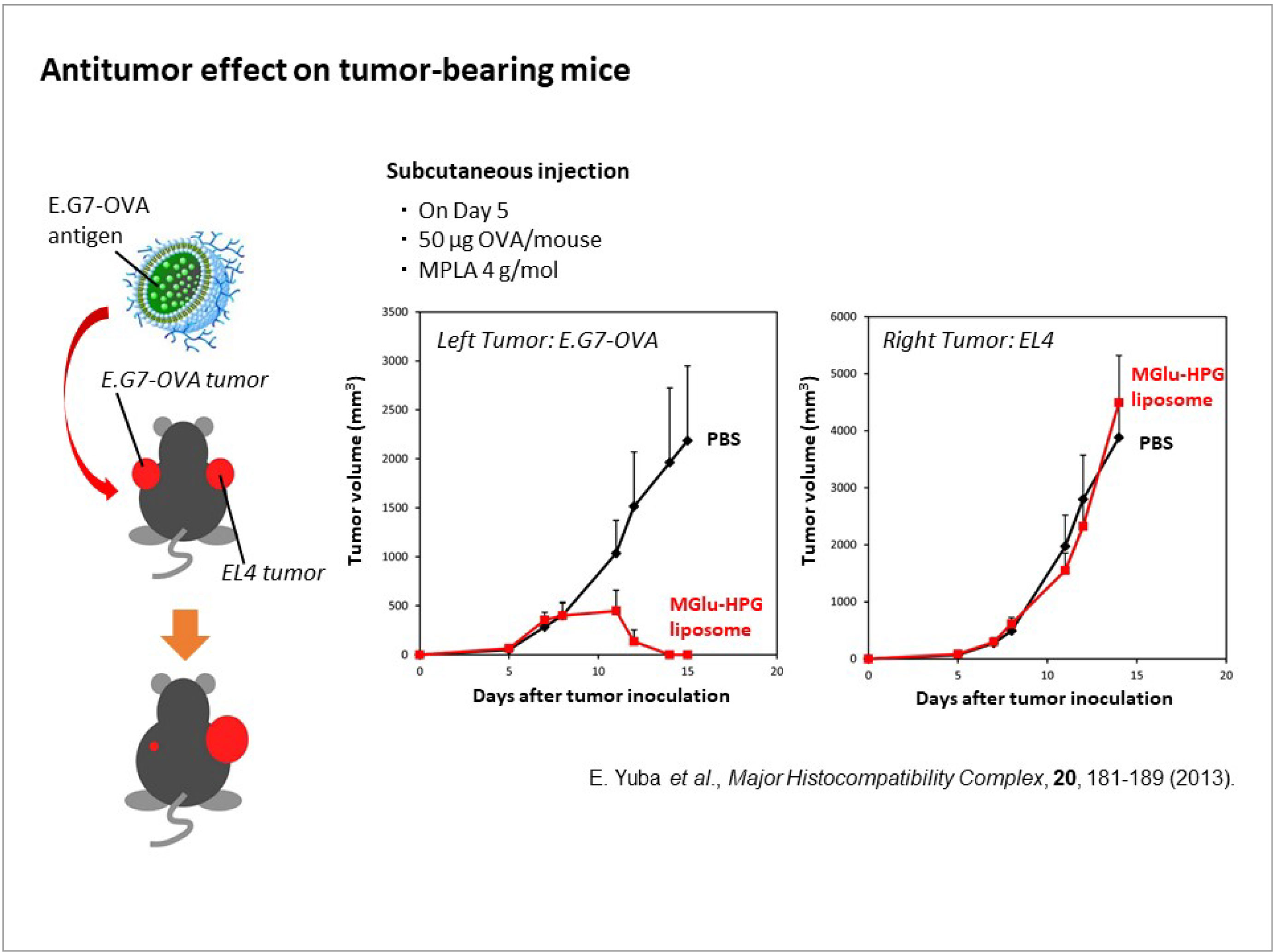
Combination of Chemistry and Immunology Has Many Potentials
──How do you modify such tiny capsules?
Yuba We use polymer chemistry and synthetic organic chemistry techniques to prepare functionalized molecules that have a structure with an affinity for the surface of lipid nanocapsules and the tails of lipid. We put substances into a flask, stir them, and heat them… We repeat this slow but steady task day in and day out. We use NMR (Nuclear Magnetic Resonance) to see if the products thus prepared have the desired molecular structure.
This is a very typical approach for chemistry researchers, but I would say I’m one of the few who applies the approach to immunology to do everything from molecular synthesis to assessments using cells and laboratory animals. I ascertain how the synthesized molecules work on a living body, and based on those results, develop ideas for the molecules that I will prepare next. This is my research cycle. I need to improve cancer antigens to be taken up more easily by immune cells. After they have been taken up, I also need to do something to keep the immune cells in a higher activated state. I’m hoping to develop lipid nanocapsules with greater therapeutic effect by combining material design derived from immunology with chemistry.
──Could you tell me what inspired you to work on this current research project?
Yuba As an undergraduate student, I was part of the Department of Applied Materials Science, Faculty of Engineering, Osaka Prefecture University. Because the Department expected students to study materials with functions, we were free to choose what function to use for what purpose. Many laboratories were working on research that covered a broad range of topics, such as the environment, electrochemistry, semiconductors, and organic chemistry. I chose this Department because I was able to learn many different things.
The first topic that drew my attention was environmental issues, such as global warming, but immediately before I submitted the document to show which laboratories that I wanted to join, I developed an allergy to an over-the-counter (OTC) drug. To explore what caused my allergy, the doctor told me to take each of the medicinal ingredients contained within the OTC drug, separately and one at a time, to see how my body would react. While I was doing this “experiment” with my doctor, I became intrigued with what was going on inside my body, especially with regards to my immune response. When I was assigned to the lab, my advisor suggested that I work on the development of a technique for delivering drugs to immune cells. I felt it was fate, and I readily accepted it.
──What was the biggest challenge in doing research on immunology and chemistry at the same time?
Yuba The hardest part was to establish experimental techniques for immunology. Because none of the researchers at the lab I joined were experimenting with immunity, I had to find out by myself, or visit the Department of Veterinary Science in the next research building to ask them to show me how to do the experiments. At the time, I was a PhD student, but I wanted to fully demonstrate by myself what all of the properties of the materials that I prepared would indicate, rather than leaving it to someone else. Of course, there was no way I alone could elucidate the immune reaction in considerable detail, at the cellular level, but I wished to see how the drug delivery system I painstakingly developed would beat tumors. Because I was unaccustomed to doing immunological experiments, I was awful and once created a schedule that didn’t allow me to stop halfway, thereby continuing doing experiments from morning to night without eating or drinking.
──How do you think your research will evolve going forward?
Yuba We are furthering the DDS for cancer immunotherapy that we have developed for application to human therapies. We have observed a significant effect in experiments with mice and also with somewhat larger animals. Going forward, we are hoping to put our development into practical use with cooperation from clinicians and pharmaceutical companies.
If you change what you put inside a capsule, the lipid nanocapsule technique can be applied to treatment of diseases other than cancer. In 2019, I was fortunate enough to do research at The University of Chicago for a semester on my university’s researcher overseas dispatch program, where I worked on the DDS for autoimmune diseases. Building on that experience, I wish to develop materials for the treatment of such diseases.
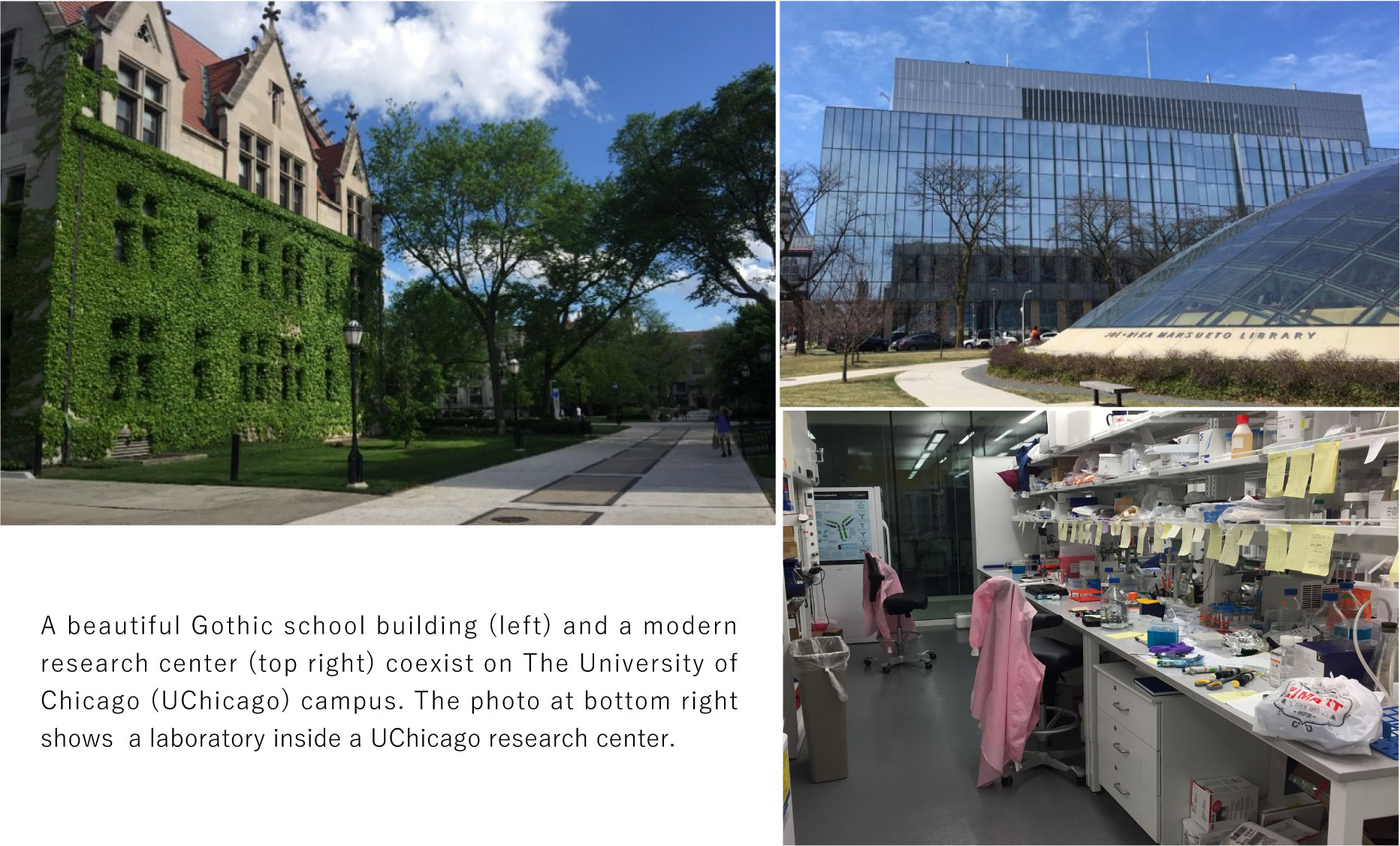
──If you were to choose a research collaborator, what background would you like them to have?
Yuba My research is focused on the interaction between artificial materials and immune cells, but I have yet to peer into what is happening inside a cell. I would be delighted if I could do collaborative research with biologists who are studying biochemical responses within cells, immunologists, or researchers specializing in autoimmune diseases.
I’m also interested in microplastics, a notorious environmental pollutant. I’m hoping to clarify how they affect living organisms. This may seem, on the surface, to be drastically different from my DDS research, but in my mind they are connected because my research interest is how artificial materials interact with the immune system. If someone who studies environmental pollution, whether they come from social science and humanities or natural sciences background, agrees to work with me, I imagine it will open up a whole range of possibilities.
What Does Playing in a Band Have to Do with Doing Research?
──I heard that you play in a band in your down time.
Yuba I began playing the guitar and the bass guitar when I was in junior high. I have also been playing in a band ever since. We played at the school festival of my university for 11 straight years. Once I formed a band with other faculty members of my department to play at the after-graduation party. My main instrument is the bass guitar. Most of the time, bassists keep the bottom so that the guitarist and singer can enjoy the spotlight. Yet bassists occasionally steal the spotlight from them. I like my instrument very much as it is a perfect fit for my personality.
People think that playing in a band and doing research are two completely different things, but I have a feeling that somehow they are connected at their roots. I cannot explain exactly how, but I gain a lot from doing both. For example, I don’t play with the same members all the time, but instead play with different musicians. The repertoire and the atmosphere in the band are dramatically different, and I find that’s the fun part of playing in a band. As a researcher, I team up with many different researchers to create something new and I don’t have any reluctance doing so. It’s equally fun. Doing research has a lot to do with playing in a band in that each member uses their special skills and techniques to give rise to something new.
At the same time, I cherish the moments when I am absorbed in something, completely forgetting about my research, in a group of people who have nothing to do with my career as a researcher. These days, I’ve been kept so busy that I’m playing less frequently than before, but I was playing in a band on many weekends after I became a professional researcher. Being able to devote myself entirely to music on weekends, I am able to refresh myself and immerse myself in research on weekdays.
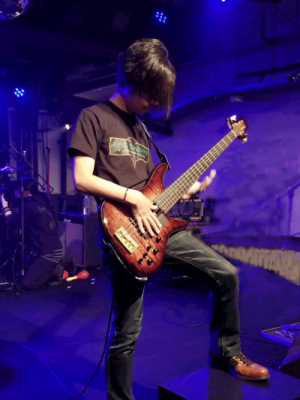
──For two years, beginning in 2020, you were loaned to the Cabinet Office as a Fellow for Science and Technology Policy. Could you tell me what your assignment was?
Yuba I had so many jobs to do, but I was mainly involved in the compilation of the Science, Technology and Innovation Basic Plan, which the national government formulates once every five years. That experience helped me to realize how science and technology policies are designed and implemented, which broadened my view. It was also highly rewarding for me to gain the understanding that even a researcher can contribute to national policy-making.
In 2022, I began the concurrent job of university administration in my capacity as a Special Advisor to the President of the Osaka Metropolitan University. It’s only been a couple of months since I joined the executive members, but as I attended many different meetings and learned from them, I began to see how a university operates. Now that Osaka City University and Osaka Prefecture University merged in 2022, we need to come up with new approaches to how we should coordinate between campuses and between departments. It satisfies me so much to know that what I do leads to the betterment of the entire university.
──Lastly, what message would you send to young students who aspire to be researchers?
Yuba It’s indeed important to deepen your specialties, but you should go out from the lab into the field to see and hear what you haven’t. Then, you find yourself thinking from a broader perspective and associating with a wider circle of friends. I want people from younger generations to challenge themselves whenever they have an opportunity to broaden their outlook. I always tell young students, “It’s okay to fail. Just get started.” I think it’s the responsibility of older generations to provide them with an environment where they find it easy to take on challenges. So, I want young souls to try as much as they can without being afraid of failure.
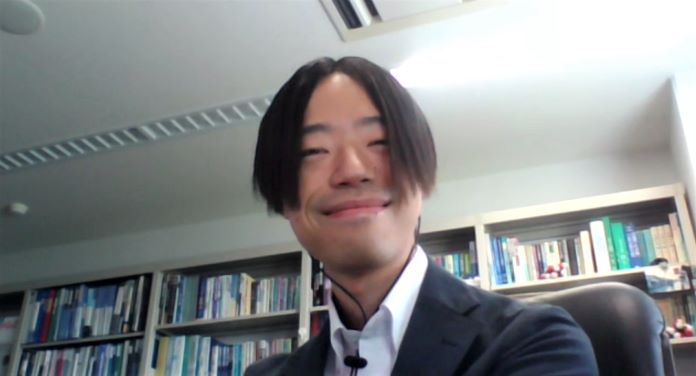
| By My Side | A decorated message board from his students In his lab, Dr. Yuba lovingly displays a board with birthday wishes from his students. “We don’t usually see what other people think, but it pleases me a lot to see what the students wrote about what they thought. When I feel discouraged, I see this and it lifts me up. I’m fortunate enough to have really nice students who always support me.” 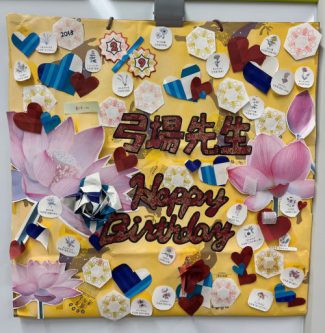 |
|---|---|
| This Book | The Third Chimpanzee for Young People: On the Evolution and Future of the Human Animal by Jared Diamond, translated by Masaru Akiyama, Soshisha Dr. Yuba says he has read most of the works by Jared Diamond. “This book gives a brief account of what humans are from many different perspectives, such as evolutionary studies and geography. He doesn’t merely list his answers, but instead shows what is known and what isn’t. As I read this, I got many ideas because it encourages readers to think as they read.” 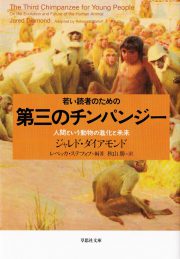 |
Eiji Yuba
Associate Professor, Graduate School of Engineering, Osaka Metropolitan University. Received his Ph.D. in Engineering from the Graduate School of Engineering, Osaka Prefecture University (present Osaka Metropolitan University) in 2010. After becoming an Assistant Professor, Graduate School of Engineering, Osaka Prefecture University, Dr. Yuba took the position of Associate Professor in 2017. In 2019, he was a Visiting Scientist at The University of Chicago for a semester. After returning home, he served as a Fellow for Science and Technology Policy, Cabinet Office, and concurrently a Special Advisor to the President, Osaka Metropolitan University. In 2022, Dr. Yuba received the Young Scientists’ Award, the Commendation for Science and Technology by the Minister of Education, Culture, Sports, Science and Technology.
Interview and original article by Izumi Kanchiku (team Pascal)
*The interview was conducted online.
Photos and figures provided by Dr. Yuba
